Coffee is nothing short of integral to Cuban culture. Its cultivation has fluctuated along with the country’s history, but Cuban coffee remains renowned for its tremendous quality. So, what makes these beans different from the rest? What are their tasting notes?
The History of Cuban Coffee
Coffee is one of the most popular goods in Cuba, alongside rum, tobacco, and sugar cane. Having experienced great popularity since it was first grown on the island, coffee continues to be a symbol of Cuban pride and a near-sacred ritual in the country. To understand the modern significance of this ‘black gold’, we need to delve deeper into Cuba’s history.
Coffee arrived in Cuba around the middle of the 18th century. By 1790, large quantities of it were already being exported to Spain. At the same time, the industry experienced a boom following the arrival of numerous French growers escaping the Haitian Revolution. Production continued to rise until it surpassed sugar cane sales around 1820. By the 1950s, exports had exceeded 20,000 metric tonnes.
Short-Term Impacts of the Cuban Revolution
Coffee farms were nationalized by Fidel Castro following the Cuban Revolution of 1956. This slowly but surely slowed down the industry. The government also imposed rationing on its citizens, limiting their consumption to only four ounces of coffee a month. This situation led to the advent of cafe con chicaro, an infused blend of coffee and chickpeas, as a way to make stocks last longer.
In 1960, disaster struck: the United States imposed its embargo on all Cuban products. This severely damaged coffee production on top of Castro’s already existing nationalization. By the end of the 1970s and early 1980s, the Soviet Union had become Cuba’s primary client (accounting for about 80% of exports). But only a decade later, in 1990, the fall of the USSR led to the suspension of exports to them as well.
In spite of all this, coffee has become a source of pride and uniqueness for Cuba throughout all these years. It’s one of the only things Cubans can still get at affordable prices. And today, coffee is inherent to the island’s culture, even well beyond its shores. Talk about it with the Cubans that live in Québec if you can!
Cuban Coffee Cultivation Today
The various trade embargos facing Cuba over the years have dramatically impoverished its population and the country as a whole, which has led to a number of consequences for coffee production. For example, harvesting and processing methods are often outdated and lacking in efficiency. Several steps that are usually done mechanically are still manual. You could say that this makes the coffee truly traditional, but it also makes it woefully unequal when competing with the international market.
The other challenge for the Cuban coffee industry is climate related. After all, it’s a tropical island that’s subject to Caribbean weather: storms, downpours, and droughts are all frequent. It’s almost pointless to elaborate, given Cuba’s economic status, that neither the government nor its citizens have the means to rebuild resilient, sustainable, and high-quality infrastructures for the coffee industry.
All these reasons, among several others, illustrate why it’s so hard to find Cuban coffee outside the island. However, a few research projects are currently focusing on developing new and sturdier plant varieties that are adapted to the challenging Caribbean climate.
Cuban Coffee Taste Profile
Cuban farms mostly produce Arabica. There are three primary coffee producing regions on the island: the Sierra Maestra mountain range to the East, Pinar del Rio to the West, and the central region of Escambray. The first is the most significant exporting region, while the latter is mostly dedicated to producing for local consumption.
The Sierra Maestra region benefits from a more favourable climate than the rest of the country. Its terracotta-coloured soil is fertile enough to grow coffee plants without using chemical fertilizers, which allows for producing organic coffee. As we mentioned above, Cuba heavily relies on manual harvesting, a process which has almost become a trademark of the Sierra Maestra. In fact, the beans are even transported by workers and donkeys!
Cuban coffee is usually rather strong, both in taste and caffeine content. When roasted on-site, it tends to be dark, tending towards a brown-black colour.
The way Cubans drink their coffee also sets them apart from the rest of the world. Cafecito or cafe cubano is a very simple drink: it’s basically just espresso with sugar. The espresso may be prepared by machine when it’s sold in a shop or in a moka pot if it’s being made at home. Sugar is added to the coffee before brewing, which gives it a uniquely sweet taste. There’s also a ‘shareable’ version, called colada, which consists of five or six cafecitos in a single pot.

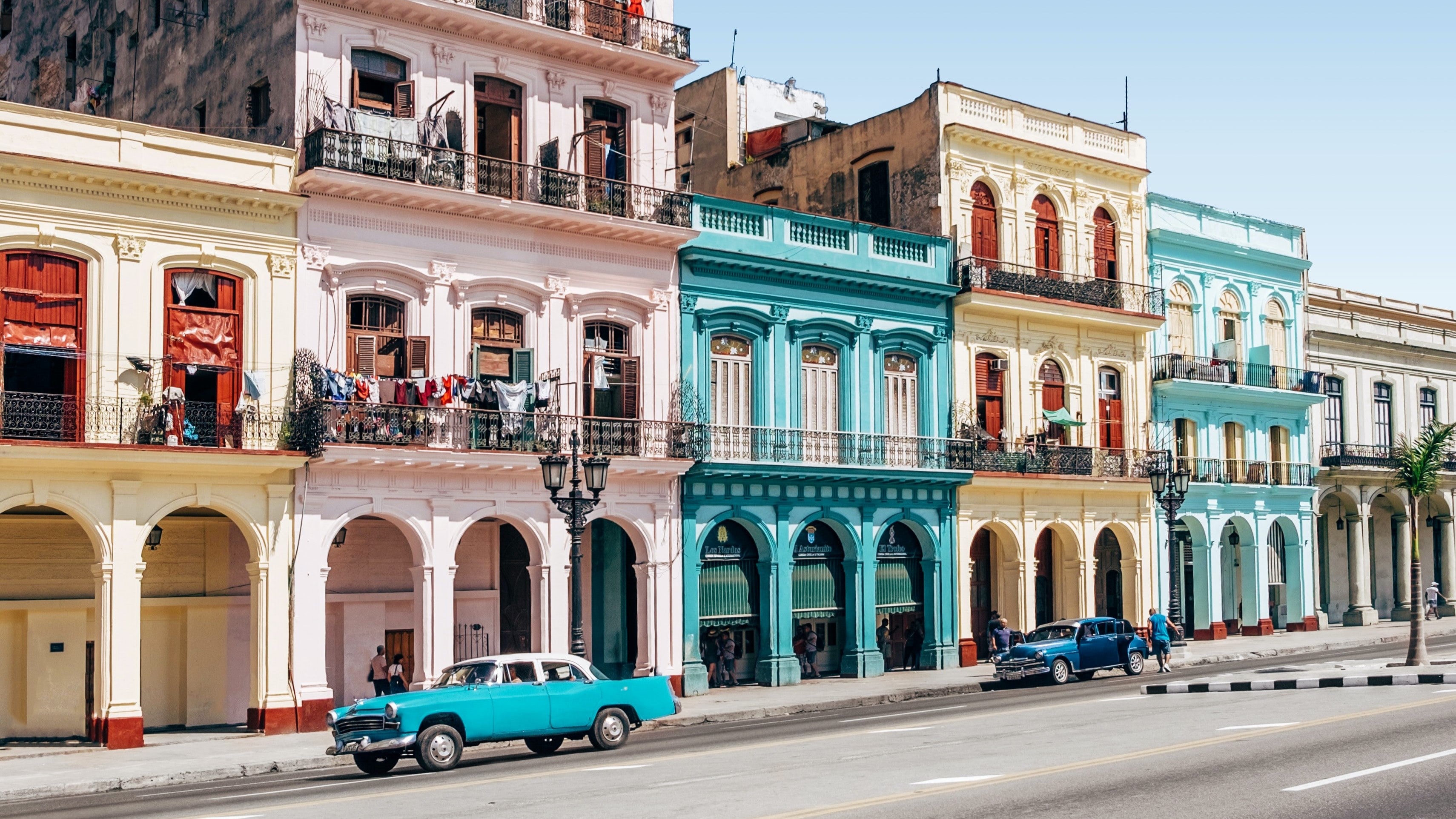
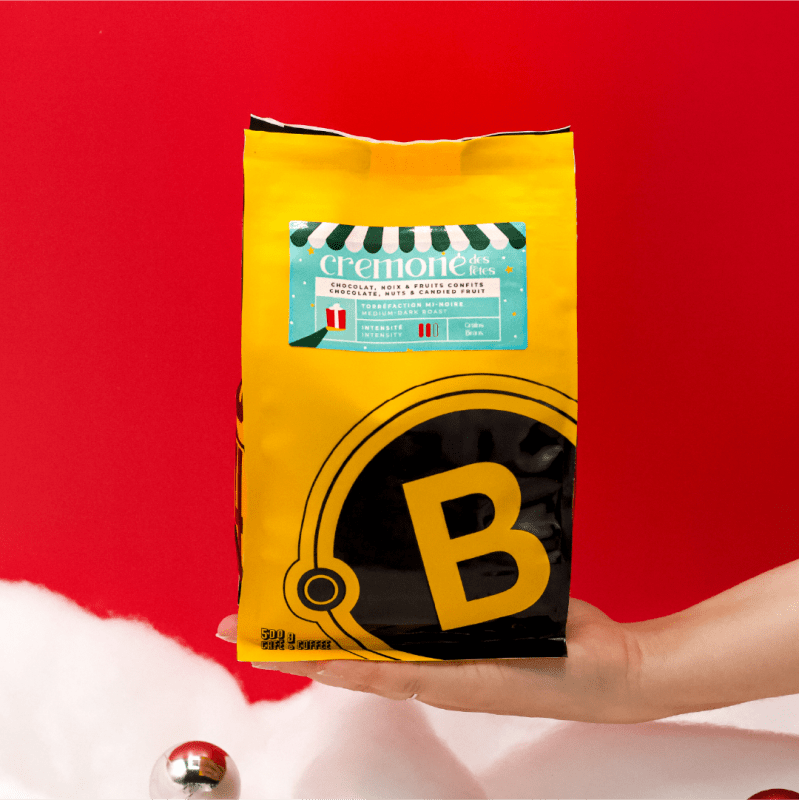
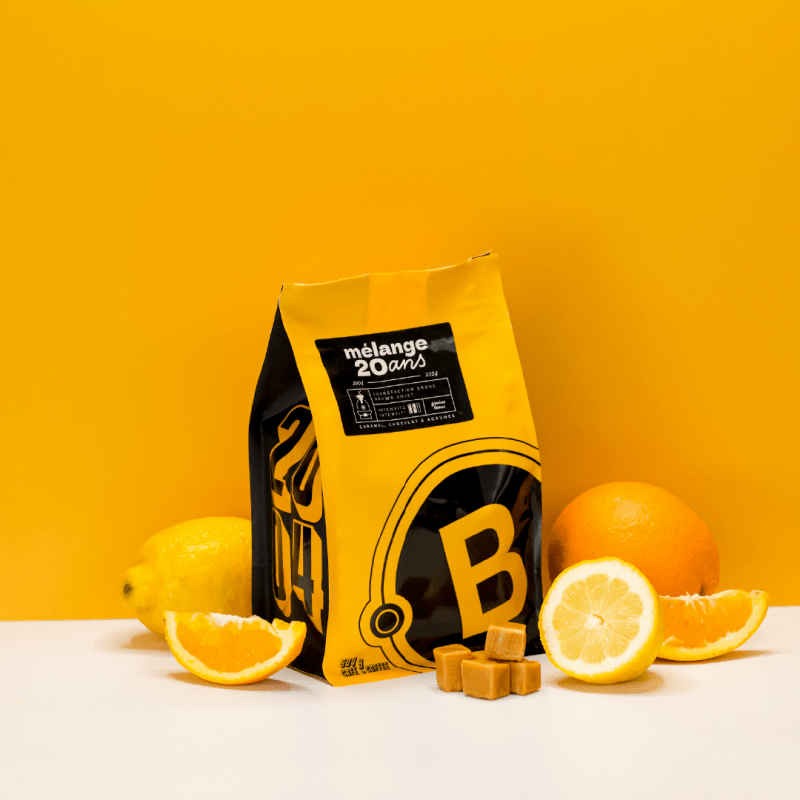


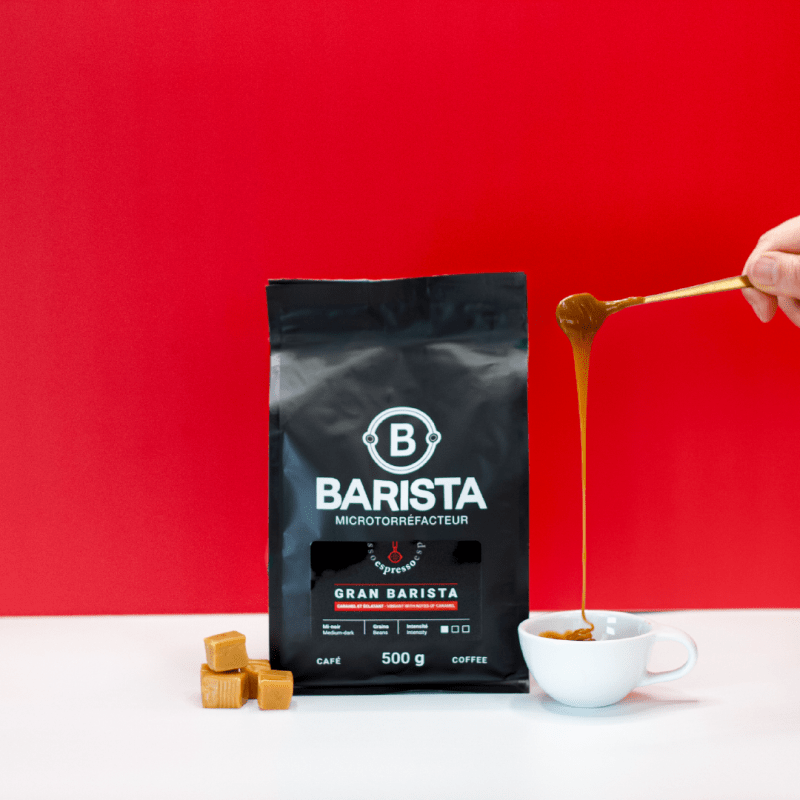

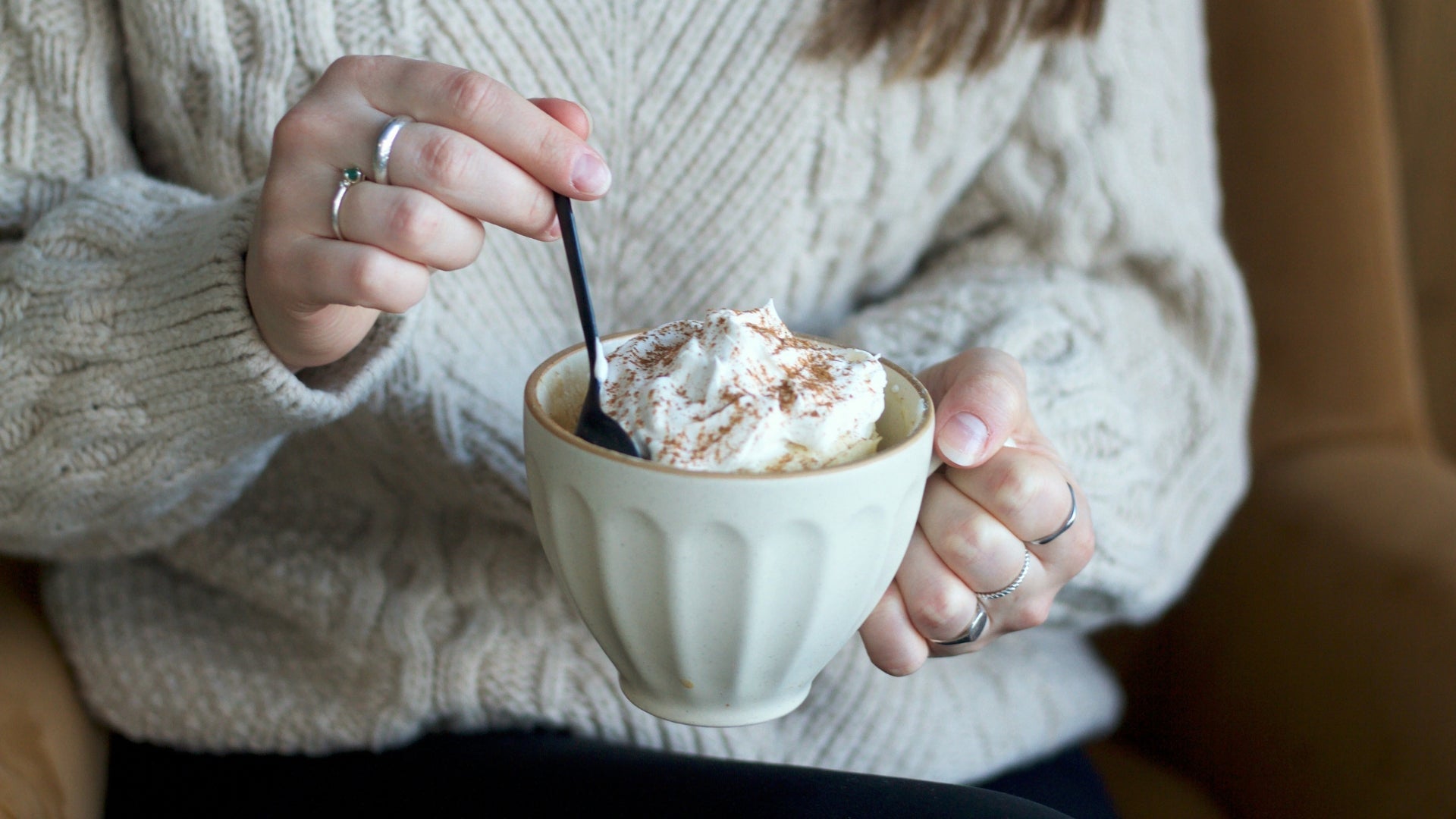
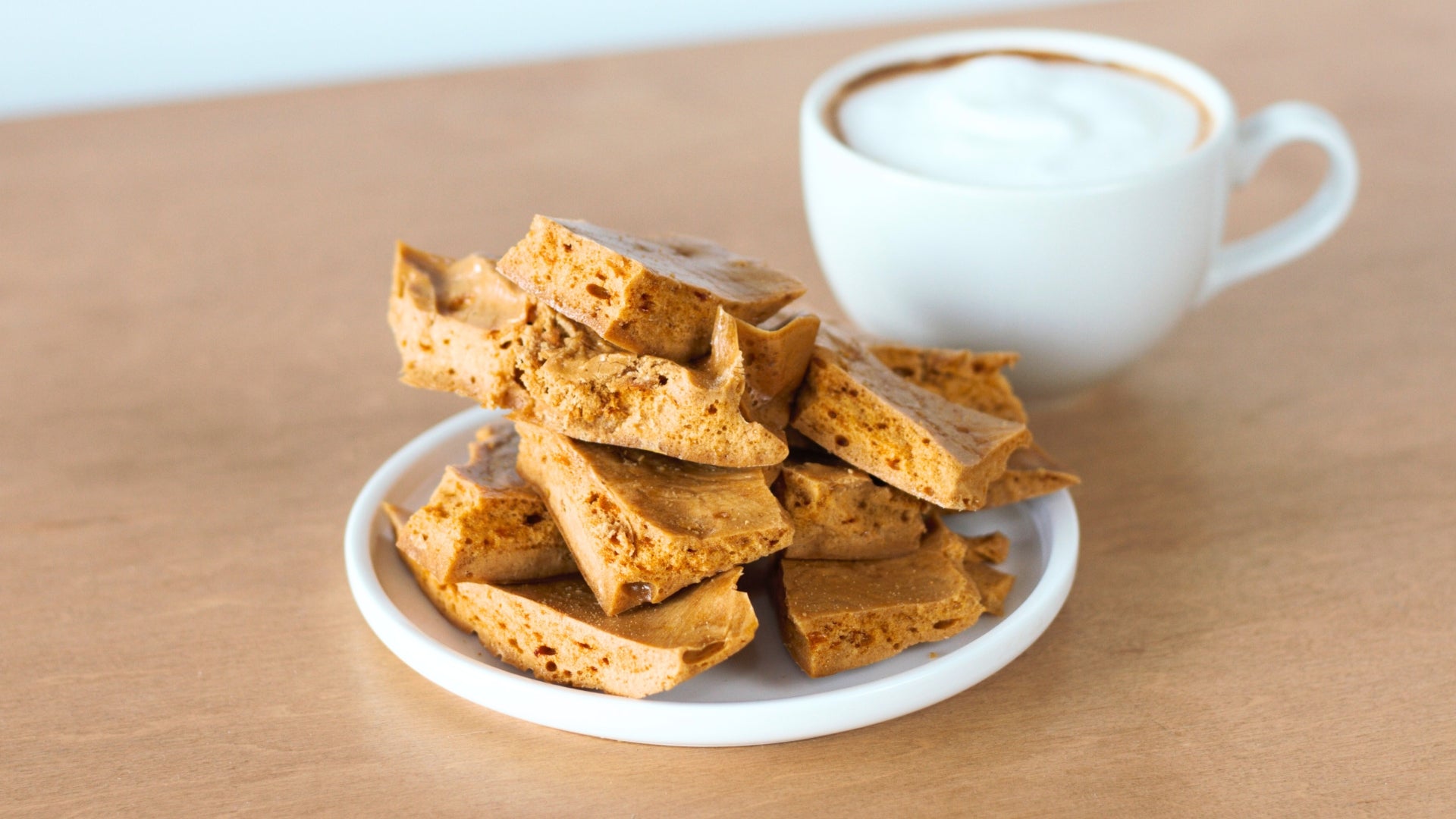

Share:
How to Use a Moka Pot
Organic Coffee: How It’s Produced and Roasted